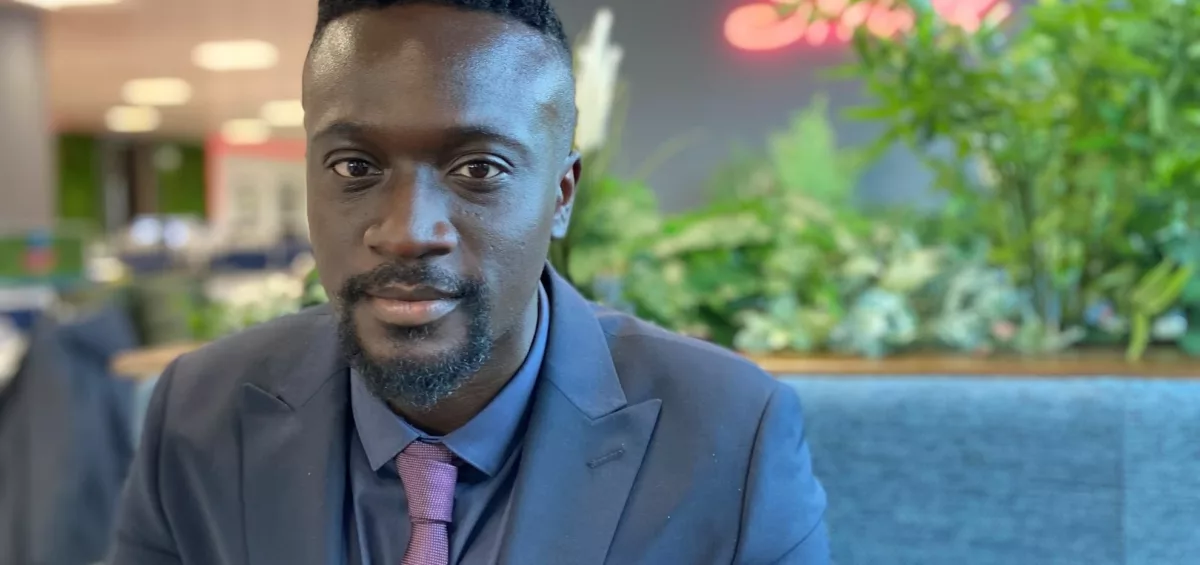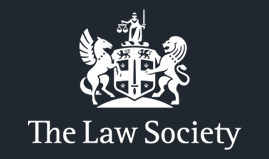Pride Month celebrates the acceptance, equality, and achievements of LGBTQ+ people throughout history and the present day.
For many, Pride represents community, solidarity, and identity as well as resistance to violence and discrimination. These celebrations are often characterised by parades and rainbow flags, however, not all members of the LGBTQ community feel adequately represented through these colourful festivities.
Legal advisor, Seun writes about what Pride Month means to him, and how we can move away from a one-dimensional past and work towards a future of embracing diverse and authentic LGBTQ narratives.
History of Pride Month
In the early hours of June 28, 1969, the actions of a small group of trans and gay patrons at the Stonewall Inn in New York City fueled a sociopolitical movement that would facilitate great social change over several western nations. Over the next 53 years, gay pride marches would be held to celebrate the markers of civil and social change with ever-increasing acceptance of those of LGBTQ identity. The marches were often coupled with a fiery and righteous communal rage that won liberties and eradicated bigotry.
As recently as 2021, it was found that LGBTQ youth are three times more likely to self-harm and twice as likely to contemplate suicide as their non-LGBTQ peers. Interestingly, a large percentage of these LGBTQ youth have also been found to inhabit other subcultures and social identities. The dehumanisation caused by being a member of the LGBTQ community is often compounded by other factors such as race, religion, gender expression and/or nonconformity, class, and disability. Furthermore, the legal, medical, and social interventions for LGBTQ folk are often informed by a one-dimensional idea of what it means to be LGBTQ.
Pride Month Commercialism
For all its abundance of colourful rainbow flags and glitter, to many, today’s pride celebrations feel like an empty charade. Both within and outside of the community, many are of the feeling that pride no longer feels like an empowering sign of sociopolitical progress and has simply become another calendar event marked by excess consumption. Little, if any, of the financial proceeds of such consumption does anything to mitigate the economic, financial, and social harm many still face due to their sexual and gender identities.
When looking at gay pride events, a vast number of activities, campaigns, and movements are geared towards oversimplified, one-dimensional ideas of what it means to be LGBTQ. This problem is exacerbated by the commercialisation of pride by many companies. Certain demographics within the LGBTQ community are viewed as golden tickets for the excess of capitalism. Avid consumers with traditionally larger amounts of disposable income and social capital can make viable brand ambassadors and visible models of the “joy” that consumerism brings. Many cultural responses to LGBTQ issues are filtered through the lens of this demographic; and if their social and material needs are supposedly met, we collectively assume this is true for other members of the LGBTQ community. But this is not necessarily the case.
As a gay black immigrant, I personally saw the impact of LGBTQ issues being filtered through a specific lens. Attempts made to tackle microaggressive comments I faced were often met with tone-deaf and dehumanising rhetoric from the communities that I was a part of, and my lived experiences were forcibly moulded in ways that made them more palatable for others.
Due to a lack of positive and adequate representations of gay black men in the media, a lot of my concerns, needs, and the ways in which my sexuality intersected with other aspects of my social identity seemed invisible to the majority. Thus, identity as a gay black man was never something that I could take pride in. 2022 will be the first time in 28 years that I will be partaking in a Pride event.

Moving Forward
Education is powerful; we cannot fight that which we cannot see, name, or understand. The pain of many LGBTQ folk remains invisible. Many still lack the social validation required to celebrate as their authentic selves. While the focus of the last five decades has been to spread the joy of pride and to invite allies in various forms to join our movement, what we require moving forward is a pride borne of information and inquisitiveness. Pride always has, and always will be the celebration of what radical communal love can achieve.
We must make sure that we do not simply continue showing up to celebrate a form of queerness that is easily palatable and digestible. We must sit and listen to stories we really hear and seek out narratives we rarely come across. The LGBTQ family is immense and encompasses a vast variety of sociocultural identities that create their own subcultures and definitions of what it means to be gay, queer, LGBTQ.
And they all have a right to feel joy, community, and pride.













